What You Can Learn From Social Media Data for Marketing
Table of contents
As a marketer, you know how much social media analytics is important for your daily job. In this article we will focus on what you can learn from social data and which tools you should use for your next strategy.
It’s not about the numbers, its about the story behind them.
It is not a question of if anymore, but how companies should apply social media data monitoring and analysis in their activity. It does not matter if your business has just entered a market or your brand has already developed a strong and stable position in an industry – people will talk about your company online anyway. Recommendations and reviews, opinions, technical questions, offers and complaints in the Internet are of daily occurrence, so you should learn how to use social media data for your purposes. We are here to help you.
Here’s what in this article:
- Main areas of social network monitoring applications
- Buzz analysis
- Sources and media categories
- Sentiment and type of contents
- Scale of the discussion
- Identification of crucial users
- Comparison with your competition
- Conclusion & suggested articles
Main areas of social network monitoring applications
Data gathered from social media monitoring might be applied in four main areas: sales, customer service, marketing and research. Depending on a profile of your activity and business strategy, you are probably more active in some fields than in others.
For example, a telecommunications company will extract key social media metrics generally for customer service in order to help their clients solve problems immediately. In effect, it may enhance the relationships with them and improve the brand image.
On the other hand, top brands, which perform on the international market will focus on social media marketing activities while using Internet monitoring tools in order to expand their market and increase audience by looking for new potential customers.
As you can see, there are a handful od social media analysis applications, and new ones are still being discovered. Here we present just a few.
Buzz analysis
Thanks to social listening tools, you can easily find out how many people write about your brand in a particular year, month, week or day. However, it is not the only thing that you can extract from social media data for marketing.
Monitoring may help you to specify the day, or even the time of the day when the Internet users are the most active. You can estimate dynamics of changes in a buzz and distinguish events that influence these changes. What is more, you are able to see the share of voice for brands in a whole discussion. It is an easy way to recognize your biggest competition in digital media and compare you market position to others.

Try buzz analytics for social media metrics with Brand24.
Sources and media categories
Next valuable thing you can learn from monitoring social media data is where people write about your brand. You can distinguish the type of media category and specific website as well.
It may help you to adjust your communication to be more effective and matched to particular channel. If you know where your target group is the most active, you can focus your social media marketing activities on this specific platform. It may help you to save time, effort and money as well.

Sentiment and type of contents
When you find out how often and where the target audience discusses about your brand, it is good to know how they write about it.
Depending on an industry and type of a product or service you provide, people will have different attitude towards a brand. For example, financial products are less emotional, thus neutral contents dominate in a sentiment structure. On the other hand, products from the FMCG market impact on feelings more, so sentiment structure in this case will include more emotional mentions. However, in both cases it is crucial to monitor and minimize negative contents.
With social media analytics tools, it is possible to analyze sentiment structure, depending on a date, source, type of mentions, topic etc. You can also discover specific events that cause changes in this area.
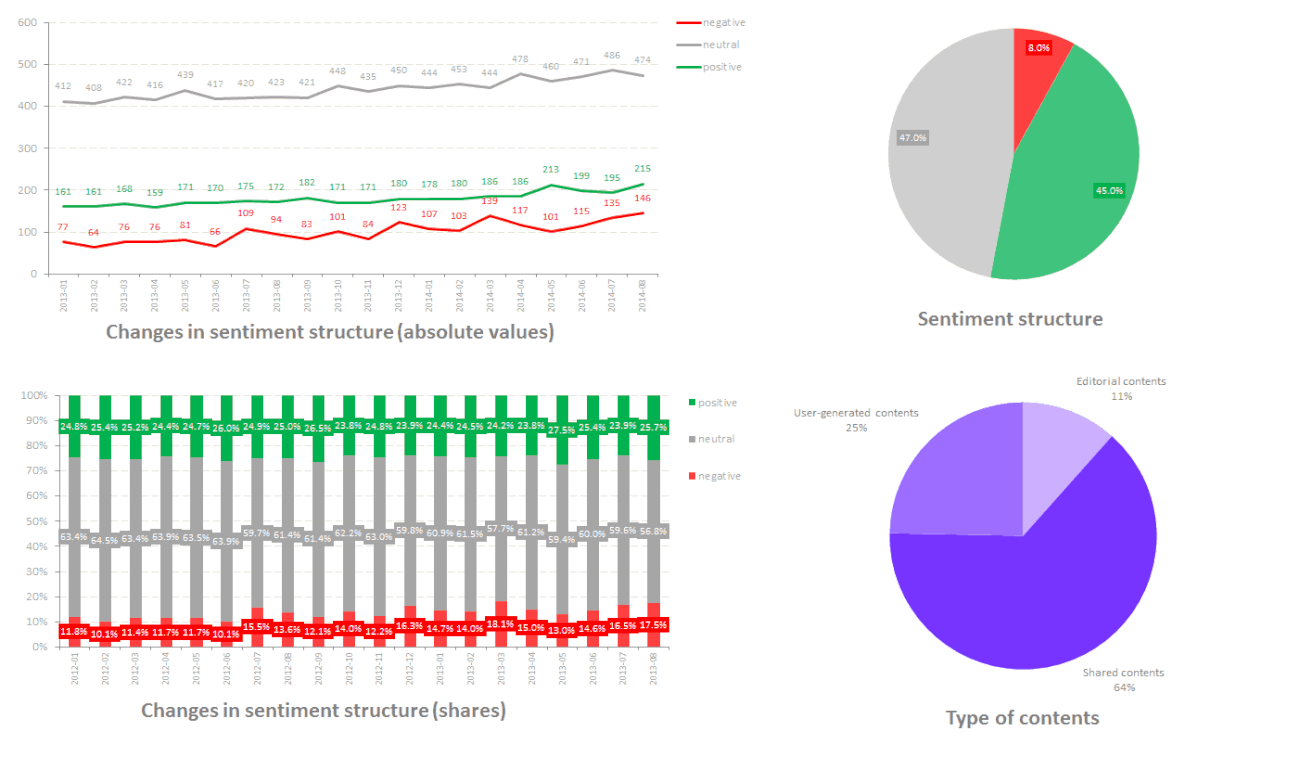
Check the sentiment analysis for your brand. Get a free report within a 14-day trial (no card required).
Another useful thing that you can learn from monitoring social media data is in what context people write about your brand.
Actually, you can learn directly from your customers how they perceive your brand and what they associate it with. You may also find the most important areas of your activity to your clients. Thanks to this valuable information you can adjust your marketing strategy to your fans, their needs and their language. Alternatively, by analysing the consumer sentiment, you can try to change it by starting a new social media strategy targeting the audience doubts and pain points.
In addition, social media marketers may distinguish three contents categories: editorial, shared and user-generated, which vary with a level of engagement and emotions. It is obvious that the most devoted and satisfied (or the most dissatisfied) clients will create their own contents and those who are less involved – will only share (or like) mentions generated by others. Thus, the higher level of UGC about your brand is in this structure, the more potentially loyal clients you have.

Scale of the discussion
Not only the number of mentions is a good indicator of a brand’s popularity in the Internet, but also the social media reach and the number of contacts. These two figures provide you with an accurate estimation of the number of people who actually encounter with contents related to a specified brand or a keyword.
The social media reach tells you how many Internet users see mentions collected by the Internet monitoring, and the number of contacts is the total amount of contents which include your key phrase, together with likes, comments and shares.
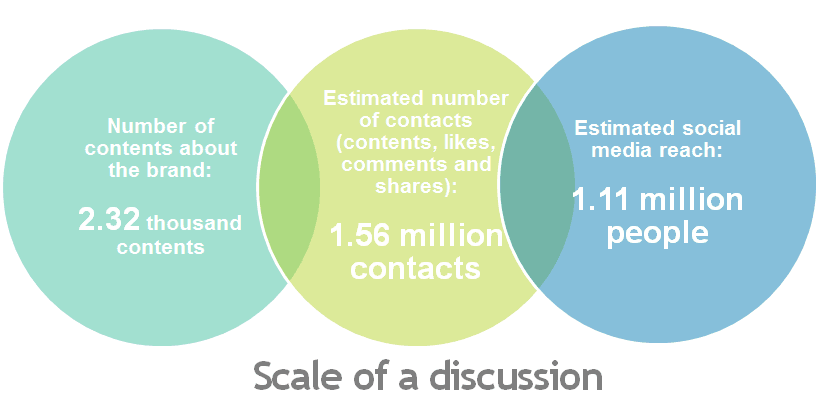
These numbers help you study the range of your campaigns or of your brand in general, but also you can measure the actual value of the buzz. Applying algorithms which include the number of contacts and a sentiment structure, you will be able to calculate the commercial market value of the buzz which can be compared to a display advertisement of the same value.
Identification of crucial users
We devoted the whole article to describe how brands can benefit from a cooperation with bloggers and vloggers. However, they are not the only influential Internet users that you can engage in your activities.
Social listening apps enable you to distinguish the most active or the most influential social media authors who post contents about your brand. They might be famous bloggers and your devoted fans or loyal clients as well. When you finally get the information about who they are, you can interact with them and reward them for their engagement and loyalty.
Building good relations with these people is crucial if you want to create a positive brand image online. What is more, in the future they will help you to promote your brand for you.

How can you reward your loyal clients? The easiest and very effective way is to offer them a free product or service, or a discount for your goods. We assure you that they will share this later in social media. Then your reach increases, positive attitude towards your brand reinforces and in general your brand reputation improves.
Find who is talking about your company and discover your next brand ambassador.
A good example of such an activity was presented in our article and it concerned a pizza giveaway. The crew traced with the monitoring tool people who posted on Facebook that they were hungry or fancied a pizza. Then they delivered a hot pizza to the person.
In the video you can see the measurable results of the action.
In another case, Peter Shankman, an angel investor, tweeted before boarding to his flight, asking Morton’s Steakhouse to meet him at the airport with a porterhouse steak when he landed. When he arrived he found a man wearing tuxedo and holding a bag with a juicy steak inside. What happened next? Shankman posted a photo on Twitter.

These stories encourage to post in social media about your needs and cravings and from a company’s perspective to surprise clients with free gifts.
Read more: a comprehensive guide to influencer marketing.
Comparison with your competition
The next big thing you can pull out from monitoring social data is information about your competition. Not only your moves count, but your competitors’ activity is also of a significant meaning.
Media monitoring tools give you the opportunity to compare your brand to others from the same industry, in social media. You can check out which one is more popular, has greater number of mentions or wider social media reach. You can also compare a sentiment or contents’ categories structure, and main threads in the conversation online.
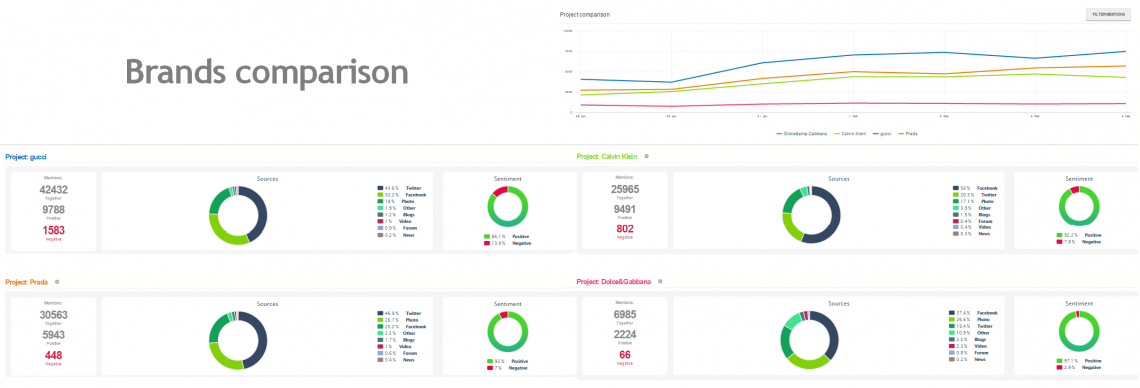
This statistics give you an insight in what you can improve to be better than your competitors and what you are already lead the way in.
Conclusion & suggested articles
Data gathered from Internet monitoring tools and social media analysis is a vital element of your online operation. It provides you with a valuable information about your brand and its performance in social media. Depending on your marketing strategy and activity profile, you can apply it in many areas.
Main fields in which you can apply media monitoring data are:
- estimation of the buzz density – how many contents appeared about a specific brand, product or service;
- estimation of social media reach – how many people encountered with contents concerning a defined topic;
- analysis of sentiment structure – what is the attitude of social media authors towards a specific brand;
- estimation of the number of contacts – how many people interact with contents about a brand (like, share or comment);
- in-depth analysis of contents – in what context people write about your brand;
- analysis of social media authors – who are people who write about your brand (gender, age);
- analysis of sources – on which platforms and web sites your clients are active.
To become a master in social media monitoring, try the Brand24 media monitoring masterclass.
And if you want to learn more about using social data to your benefit, check out these articles:
- 12 Best Social Media Analytics Tools
- What is Social Listening? Benefits, Tools, Case Studies
- Sentiment Analysis: Benefits, Tools, and more!
- How can Social Media Sentiment Analysis Boost your Brand
Save
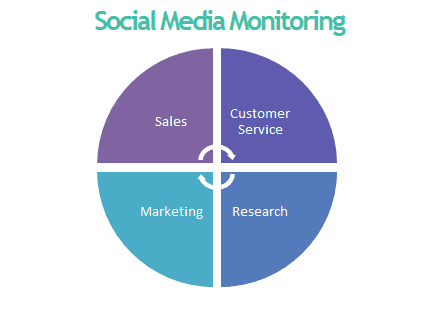

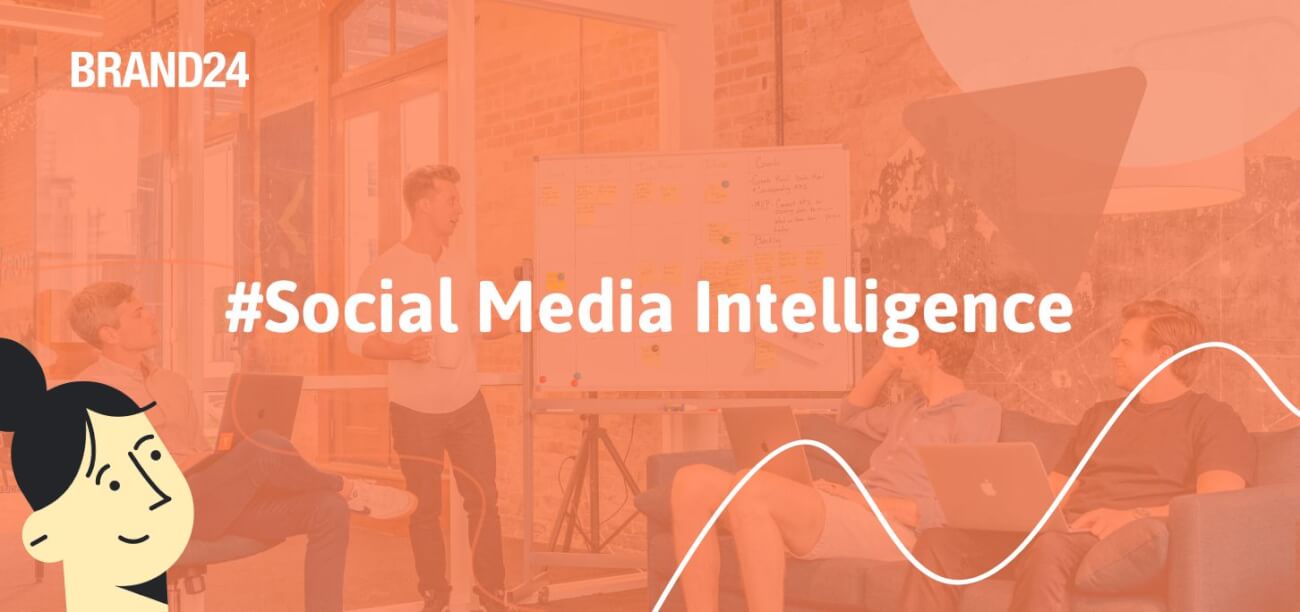
![What is AI Social Media Monitoring? Definition [Guide]](https://brand24.com/blog/wp-content/uploads/2022/09/What-is-Social-Media-Monitoring.png)